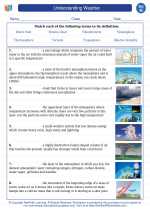Art
Art is a diverse range of human activities and the products of those activities. It encompasses a wide range of disciplines, including visual arts (painting, drawing, sculpture), performing arts (music, dance, theater), and literary arts (poetry, prose, drama).
Key Concepts
- Visual Arts: Visual arts involve creating works that are primarily visual in nature, such as paintings, drawings, sculptures, and photography.
- Performing Arts: Performing arts encompass activities that involve live performances, such as music, dance, and theater.
- Literary Arts: Literary arts involve the creation of written works, including poetry, prose, and drama.
- Elements of Art: The basic components of art, including line, shape, form, color, texture, space, and value.
- Principles of Design: The guidelines that artists use to organize the elements of art, such as balance, contrast, emphasis, movement, pattern, rhythm, and unity.
- Art Movements: Different styles and philosophies that have shaped the history of art, such as Impressionism, Cubism, Surrealism, and Abstract Expressionism.
Study Tips
When studying art, it's important to engage with the different forms and styles of artistic expression. Here are some tips for studying art:
- Explore different art mediums and techniques, such as painting, drawing, printmaking, and sculpture.
- Learn about famous artists and their contributions to the art world, as well as the historical context in which they worked.
- Visit art museums and galleries to experience artwork in person and gain a deeper understanding of artistic movements and styles.
- Practice creating your own art and experimenting with different artistic processes to gain hands-on experience.
- Read art theory and criticism to develop a critical understanding of art and its societal impact.
Art and Science
Art and science are often viewed as distinct disciplines, but they share common elements, such as creativity, observation, and experimentation. Both art and science involve a process of exploration and discovery, and they can complement each other in various ways.
For example, artists may draw inspiration from scientific concepts and discoveries, while scientists may use artistic techniques to visualize and communicate their research findings.
Studying art can also enhance critical thinking and problem-solving skills, which are valuable in scientific inquiry and analysis. Additionally, the aesthetic appreciation of art can contribute to a holistic understanding of the world and human experience.
[Art] Related Worksheets and Study Guides:
.◂Science Worksheets and Study Guides Eighth Grade. Understanding Weather
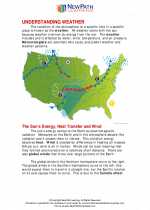
 Activity Lesson
Activity Lesson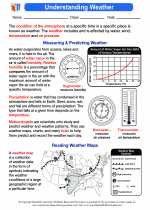
 Worksheet/Answer key
Worksheet/Answer key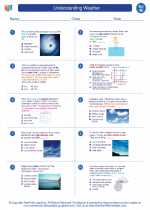
 Worksheet/Answer key
Worksheet/Answer key
 Worksheet/Answer key
Worksheet/Answer key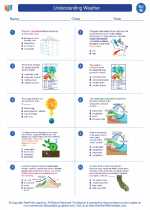
 Worksheet/Answer key
Worksheet/Answer key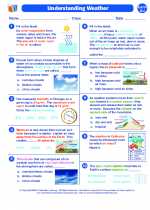
 Vocabulary/Answer key
Vocabulary/Answer key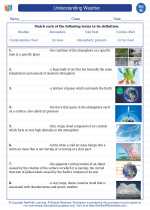
 Vocabulary/Answer key
Vocabulary/Answer key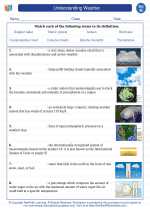
 Vocabulary/Answer key
Vocabulary/Answer key